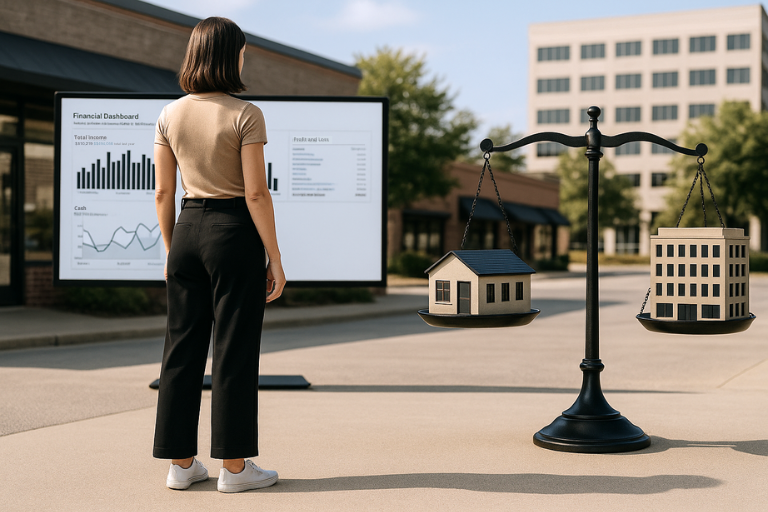2 min read
Sales Tax Responsibilities Have Undergone a Seismic Shift Recently
.png) The Kaizen Team
· August 19, 2019
The Kaizen Team
· August 19, 2019
Sales tax responsibilities have undergone a seismic shift recently due to the landmark court case known as the Wayfair case. This case could have far-reaching implications for your business.
Significance of the Wayfair case
Before Wayfair, in order for a state other than your home state to compel you to collect and remit sales tax to that other state, you had to have a presence in the other state. Presence (known as nexus) generally meant you had inventory or equipment in the other state, and/or you had employee(s) working in the other state (making deliveries or installations, performing a service, and so on). In 2018, the Supreme Court upheld a South Dakota law that had added a third hook to its sales tax nexus rules — if you had too much sales to customers residing in South Dakota (annually: $100,000 or more of goods or services or engaged in 200 or more separate transactions). Besides adding the new hook called “economic nexus”, the Wayfair decision allowed each state lots of room for creativity. Almost all states have enacted laws to capture Wayfair sales tax dollars, and no two states’ laws are the same.
Taxpayer considerations
The U.S. Supreme Court’s decision in Wayfair is affecting companies that meet that state’s nexus standard. Ask yourself, do I have sales of goods or services to customers in other states that exceed the state’s specific economic sales or activity thresholds? Exempt sales are generally included in determining threshold; therefore, if gross sales exceed the threshold, any sale without an exemption certificate is deemed taxable. Hence, it is critical that you obtain exemption certificates even from out-of-state customers who are exempt under the other state’s sales tax rules.

Currently, almost all states have enacted economic nexus laws with varying enforcement dates. There are different thresholds of sales levels. Some states do not have a number of transactions threshold (i.e. 1 transaction if big enough). Some states charge sales tax on services, while others do not. You may want to conduct an analysis for each state in which you ship goods or conduct services to ensure you are in compliance with all these new laws.
In 2019, the “economic” nexus standards apply only to sales and use taxes. In the next 2-3 years, it is reasonable to expect that states will use this ruling to compel you to start filing income tax returns in more states. If you are skeptical of this, check out the 8/12/19 article in the Wall Street Journal (WSJ) entitled “State Tax Collectors Want You.” They wrote “States are now testing the limits of their taxing power and creating a web of regulatory trip-wires for small businesses.” We are here to help you from being tripped up.
Now is the time to review your sales and use tax compliance requirements.
Many of these laws are already in force. A recent Accounting Today article said “Businesses and advisors need to closely monitor this ever-changing landscape to reduce the risk of non-compliance.” Now is the time to review your potential exposure, even retroactive exposure. Naturally, a timely response to a state’s inquiry regarding your sales tax obligation is crucial. If you receive a letter from one of the state taxing authorities, or if you would like to discuss the impact of the case on your business, please contact your accounting team today. We can conduct a multi-state nexus review for your business and provide tax planning guidance.

How Payroll Scams Happen (and How to Prevent Them)
If you work with a payroll provider for your small business, payroll typically runs on a set schedule with very little day-to-day involvement from...

Is Bigger Business Actually Better? What Does Smart Growth Look Like?
Many business owner dreams about growth. More customers. More revenue. Maybe even a bigger space or a second location. But at some point, growth...


